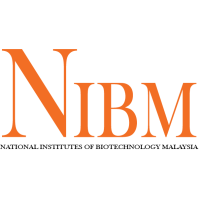Corn was inoculated with Lactobacillus plantarum and Propionibacterium freudenreichii subsp. shermanii either independently or as a mixture at ensiling, in order to determine the effect of bacterial additives on corn silage quality. Grain corn was harvested at 32–37% of dry matter and ensiled in a 4 L laboratory silo. Forage was treated as follows: bacterial types: B0 (without bacteria-control), B1 (L. plantarum), B2 (P. freudenreichii subsp. shermanii), and B3 (combination of L. plantarum and P. freudenreichii subsp. shermanii). Each 2 kg of chopped forage was treated with 10 mL of bacterial culture and allowed to ferment for 27 days. The first experiment determined the most suitable wavelength for detection of bacteria (490 nm and 419 nm for B1 and B2, resp.) and the preferable inoculation size (1 × 105 cfu/g). The second experiment analysed the effect of B1 and B2 applied singly or as a mixture on the fermentation characteristics and quality of corn silage. L. plantarum alone increased crude protein (CP) and reduced pH rapidly. In a mixture with P. freudenreichii, the final pH was the lowest compared to other treatments. As a mixture, inclusion of bacteria resulted in silage with lower digestibility than control. Corn silage treated with L. plantarum or P. freudenreichii either alone or mixed together produced desirable silage properties; however, this was not significantly better than untreated silage.
Data dan Sumber
| Field | Value |
|---|---|
| Bidang Penyelidikan | Bioteknologi |
| Objektif Sosioekonomi | Advanced Experimental and Applied Science |
| Penerbit | |
| Lesen | License Not Specified |
| Tahap Akses Awam | Public |
| Modified | 2019-12-09 |
| Release Date | 2019-12-05 |
| Identifier | 94e27d08-7d94-4173-b9a9-1ae44bbe0078 |
This is an open access article distributed under the Creative Commons Attribution License, which permits unrestricted use, distribution, and reproduction in any medium, provided the original work is properly cited.

